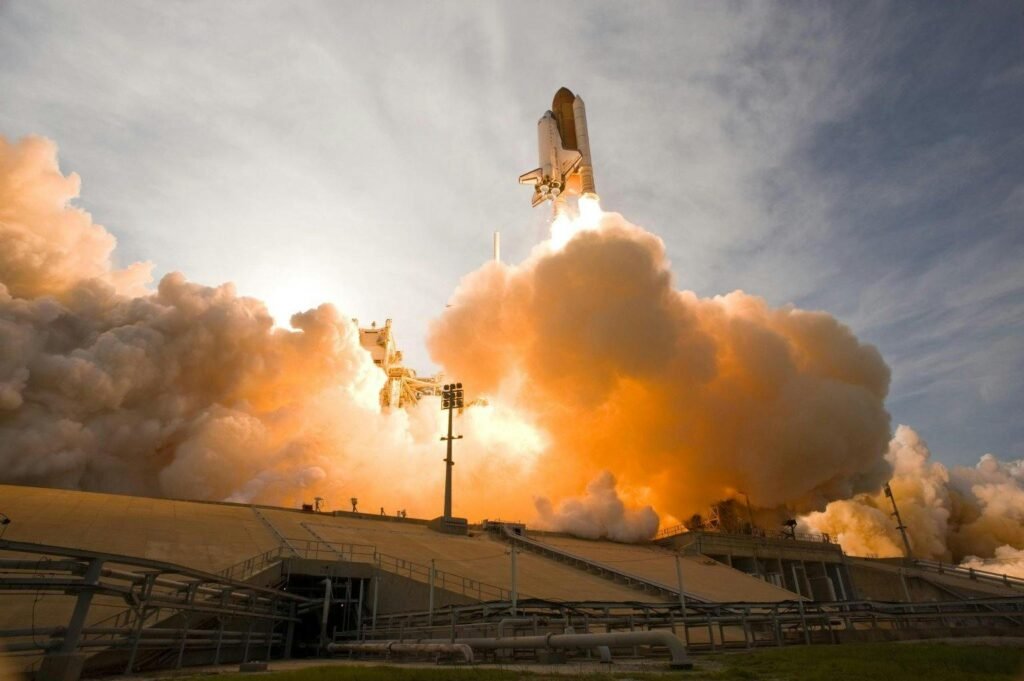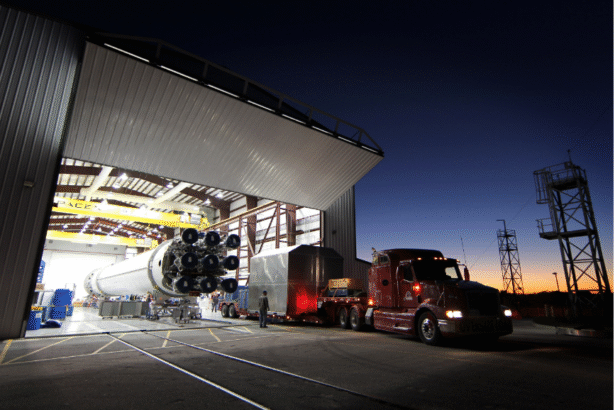
A space elevator may sound like science fiction, but it’s a real concept that scientists and engineers have studied for decades. Imagine riding a high-tech elevator from Earth into space without rockets, just a smooth, powered trip along a cable stretching thousands of kilometers into the sky.
Could this futuristic idea become real? In this article, we’ll explore how space elevators work, the science behind them, and whether we might see one built in our lifetime.
What Is a Space Elevator?

A space elevator is a proposed structure designed to transport people and cargo from Earth’s surface into space without the use of rockets.
The idea involves a long, super-strong cable attached to the Earth at the equator and extending far into space, anchored by a counterweight in orbit. Elevators or “climbers” would move along this cable, carrying materials to and from space. The goal? To make space travel cheaper, faster, and safer, revolutionize space technology.
The Science Behind Building a Space Elevator

To understand the idea of building a space elevator, we need to look at the physics and materials required.
- Tether Material
The biggest challenge is creating a cable that is both strong and light enough to stretch over 35,000 km into space. Current materials like steel or Kevlar aren’t strong enough. However, future materials like carbon nanotubes or graphene might provide the needed strength-to-weight ratio. - Earth’s Rotation
The elevator would need to be anchored at the equator. Earth’s spin helps keep the cable tight, allowing the counterweight in orbit to balance the structure. - Climbers and Power
Electric-powered climbers would move up and down the tether. Power could come from solar panels or be beamed from the ground using lasers.
Why Build a Space Elevator?

Building a space elevator could change everything about space exploration. Here’s why:
- Cost-Efficiency: Launching a kilogram into space using rockets costs thousands of dollars. A space elevator could reduce that cost by over 90%.
- Reusability: Unlike rockets, the elevator would be used repeatedly with less environmental impact.
- Safe Cargo Transport: Transporting satellites, equipment, or even astronauts would be smoother and less risky.
- Access for All: Countries without launchpads could also invest in space elevator projects and benefit from shared infrastructure.
This dream aligns with the long-term goals of the US and UK space exploration agencies, aiming to make space more accessible.
How Space Elevators Work
Here's a breakdown of how space elevators work:
- Anchor Station: Located at the Earth’s equator, this station holds the base of the elevator.
- Tether/Cable: Extends from Earth to a point beyond geostationary orbit (~35,786 km), with a counterweight at the end.
- Climbers: Vehicles that travel up and down the tether, carrying cargo and people.
- Power System: Solar energy or laser beams power the climbers, eliminating the need for fuel onboard.
The elevator doesn’t fight gravity the way rockets do. Instead, it uses tension and centrifugal force to stay in place, moving cargo more gently and efficiently.
You can now follow space research through scientific journals, tech blogs, and agency updates.
Challenges in Building a Space Elevator
While the concept is promising, several major obstacles stand in the way:
1. Material Limitations
No current material is strong enough for a full-length tether. Though NASA and other researchers are working on advanced composites like carbon nanotubes, large-scale production is still far off.
2. Atmospheric Hazards
The cable would pass through Earth’s atmosphere, exposing it to lightning, storms, and space debris. Engineers would need to build protective systems to prevent damage.
3. Orbital Debris
Space is cluttered with debris from old satellites. A space elevator cable could be hit and damaged unless protected by shielding or active defense systems.
4. Cost and Investment
A project of this scale could cost hundreds of billions of dollars. Governments and private companies would need to invest in space elevator projects with a long-term vision and patience.
Despite these issues, the dream is still alive, especially as space technology continues to evolve.
NASA’s Involvement and Global Interest
NASA, the world’s leading space agency, has studied the feasibility of space elevators since the early 2000s. While no official construction has started, NASA continues to fund research on tether materials and robotic climbers.
Private companies and startups in the US and UK space exploration sectors are also showing interest. Some are working on prototype climbers and testing high-strength materials that could one day support the structure.
This global effort shows that the dream of building a space elevator is not just limited to fiction—it’s becoming part of real science.
Future of Space Elevators
So, will we ever build a space elevator? Yes, but not yet. Scientists agree that it’s possible in theory, but we still need breakthroughs in materials science and funding. Most estimates suggest that the first working space elevator could be built within this century, possibly around 2075–2100.
In the meantime, space elevator research continues to grow. You can follow elevator space research through NASA’s updates, science magazines, and educational platforms.
If you’re a student or enthusiast, many sites now offer informational content about how elevators space work, including animations, models, and simulation kits.
Final Thoughts
The idea of a space elevator may sound far-fetched but so did flying or landing on the Moon at one time. As space technology improves and international teams from the US, UK, and beyond collaboration, the path to building a space elevator becomes clearer.
Whether you want to explore how it works or you’re considering investing in elevator space projects, now is the time to learn and stay informed. Who knows, you might be one of the future engineers or passengers riding the first elevator into orbit. Until then, the dream of reaching space without rockets remains one of the most exciting goals in human history.






